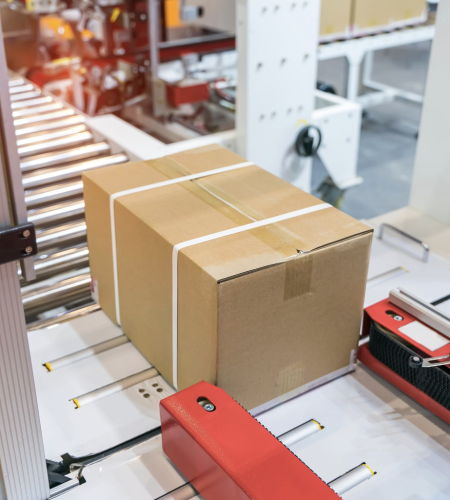As businesses strive for higher efficiency and greater precision, automated packaging systems have emerged as a transformative solution. These systems leverage advanced technology to streamline packaging processes, reduce errors, and boost productivity. In this blog post, we’ll explore what automated packaging systems are, their key benefits, and how they’re shaping the future of packaging across various industries.
What Are Automated Packaging Systems?
Automated packaging systems consist of integrated machines and software designed to perform various packaging tasks with minimal human intervention. These tasks include filling, sealing, labeling, wrapping, and palletizing products. By using robotics, conveyors, sensors, and computer controls, automated systems can efficiently handle large volumes of products with consistent quality and speed.
The Benefits of Automated Packaging Systems
Implementing automated packaging systems can provide numerous advantages for businesses of all sizes. Here are some of the most significant benefits:
1. Enhanced Productivity
Automated systems can process products much faster than manual labor, leading to significant increases in productivity. This allows companies to meet high demand and reduce lead times. According to the Association for Packaging and Processing Technologies (PMMI), companies that adopt automation can see productivity gains of up to 25-30%.
2. Improved Accuracy and Consistency
Automation ensures that packaging tasks are performed with high precision, reducing the likelihood of errors and defects. This consistency is critical for maintaining quality standards and customer satisfaction. A report by Packaging World found that automated packaging systems can achieve accuracy rates of over 99%, significantly reducing product returns and recalls.
3. Cost Reduction
While the initial investment in automated systems can be high, the long-term cost savings are substantial. Automation reduces labor costs, minimizes material waste, and decreases the risk of costly errors. A study by McKinsey & Company highlights that companies can achieve a return on investment within 18-24 months after implementing automated packaging systems.
4. Enhanced Safety
Automated systems can perform dangerous or repetitive tasks, reducing the risk of workplace injuries. This not only protects workers but also helps companies avoid costs associated with workplace accidents and compliance with safety regulations. The Occupational Safety and Health Administration (OSHA) notes that automation can lead to a 15-20% reduction in workplace injuries.
5. Scalability and Flexibility
Automated packaging systems are highly scalable and can be easily adapted to changing production needs. Whether a company is experiencing growth or seasonal fluctuations, automation provides the flexibility to adjust quickly and efficiently. This scalability ensures that businesses can respond to market demands without compromising efficiency.
Conclusion
Automated packaging systems are revolutionizing the way businesses handle their packaging processes. By enhancing productivity, improving accuracy, reducing costs, and ensuring workplace safety, these systems offer a competitive edge in today’s fast-paced market. As technology continues to advance, the role of automation in packaging will only grow, offering even more innovative solutions to meet the evolving needs of businesses.
If you’re considering implementing automated packaging systems in your operations, now is the time to explore the possibilities. Contact our team of experts to learn how we can help you streamline your packaging processes and achieve your business goals.

